SM Mall of Asia Complex: A benchmark in resilience and innovation
The SM Mall of Asia (MOA) Complex, spanning 67 hectares along Manila Bay, is a shining example of SM Prime Holdings’ dedication to using technology and innovation to create disaster-resilient communities.
What started as a government-led reclamation project has grown into a safe, stable, and iconic mixed-use development. It’s a testament to the vision of Henry Sy, Sr., who dreamed of building “a destination that brings joy and opportunities to millions.” His son, Hans Sy, has expanded this vision by championing resilience and sustainability as pillars of community well-being. As the first Filipino on the UNDRR ARISE Global Board, Hans Sy underscores that safety is the foundation of thriving communities.
ARISE Philippines, established in 2015 under the UNDRR, embodies this commitment. With 157 private-sector members, the organization focuses on reducing disaster-related risks, protecting investments, and building infrastructure that withstands natural and man-made hazards.
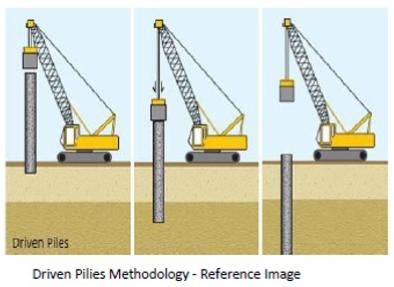

Engineering Resilience
The MOA Complex’s design is a masterclass in disaster resilience, tailored to its coastal location. Before construction, SM Prime consulted Belgian experts from Jan de Nul for a thorough risk assessment. Their research led to a five-step approach: identify, analyze, plan, mitigate, and monitor risks, ensuring a structure capable of enduring both time and nature.
Key Features for Safety
- Wick Drains: These advanced drains combat soil erosion by allowing water to escape from soft soil, preventing liquefaction during earthquakes.
- Reinforced Foundations: Driven and bored piles, paired with precise excavation, provide strong resistance against seismic activity.
- Seawall and Wave Return System: Standing 4.5 meters above the Mean Lower Low Water mark, the seawall and its inverted design deflect waves back to the sea, protecting against storm surges.
- Advanced Drainage Channels: These channels, wide enough to fit two buses side by side, minimize flood risks during heavy rains.
The MOA Complex’s resilience has been tested time and again, notably during Typhoon Pedring (Nesat) in 2011, when it withstood the storm while helping prevent flooding in nearby areas.
Built for the Future
All structures in the complex are elevated well above code requirements to reduce flood risks. Buildings feature Earthquake Recording Instruments (ERI) for real-time seismic monitoring, while concrete masonry walls with Exterior Insulation Finishing Systems (EIFS) can withstand winds of up to 270 kph. Even the roof decks are designed to handle heavy loads, doubling as emergency refuges when needed.
A Legacy of Safety
SM Prime doesn’t see disaster resilience as optional—it’s a core part of its operations. A significant portion of its budget goes to research and infrastructure designed to protect lives and livelihoods.
The SM Mall of Asia Complex is more than a shopping and leisure destination—it’s a beacon of safety, innovation, and sustainability, proving that building for the future starts with protecting the present.
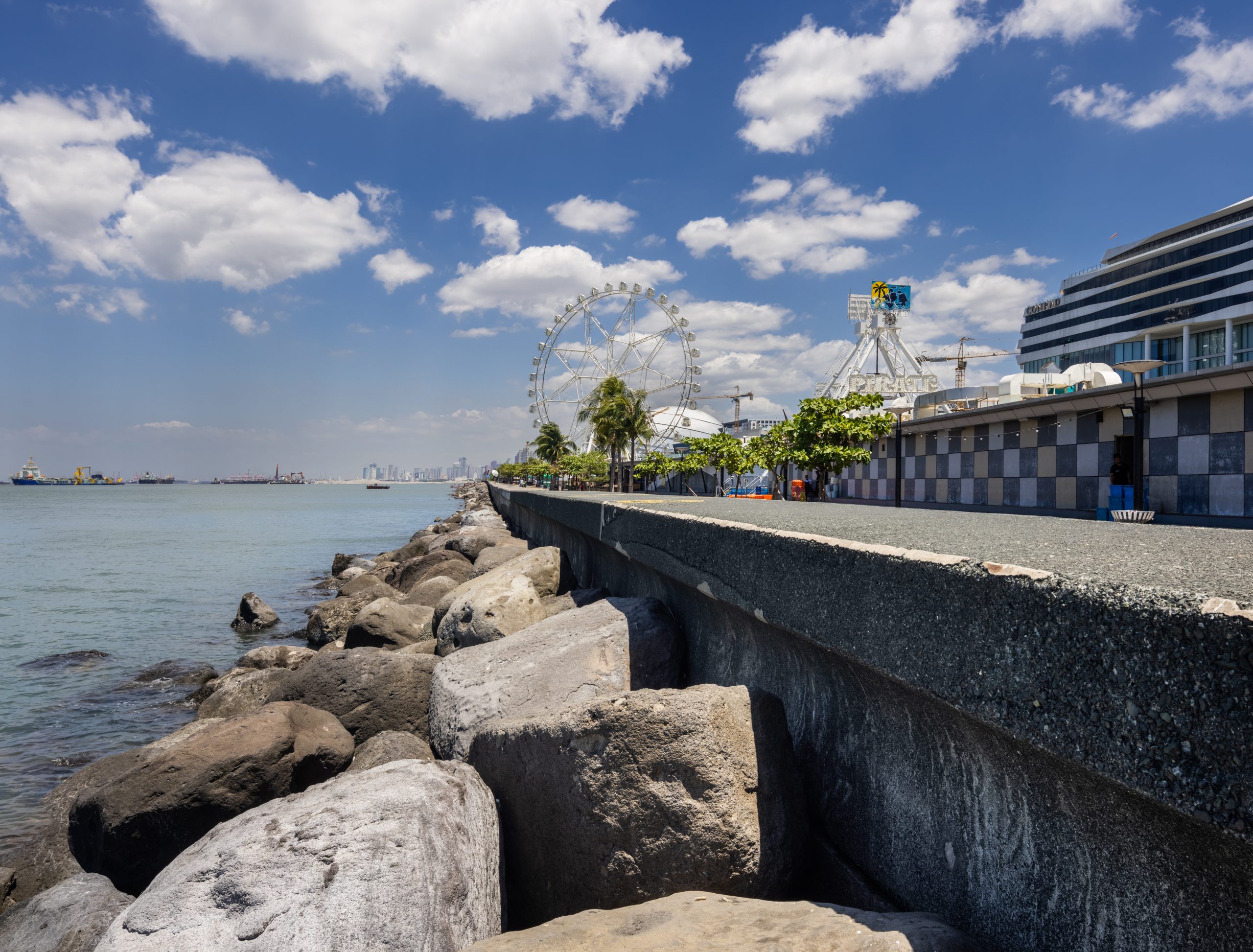
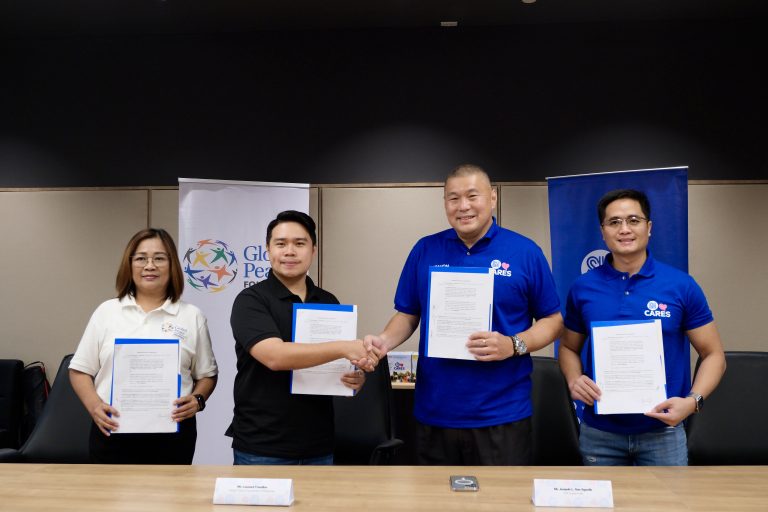
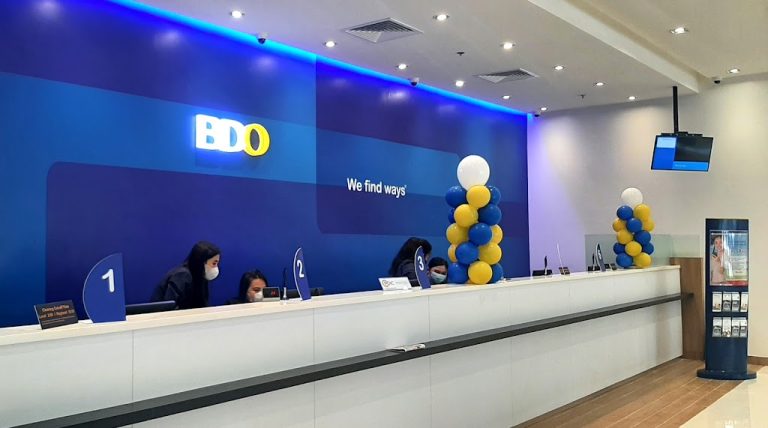

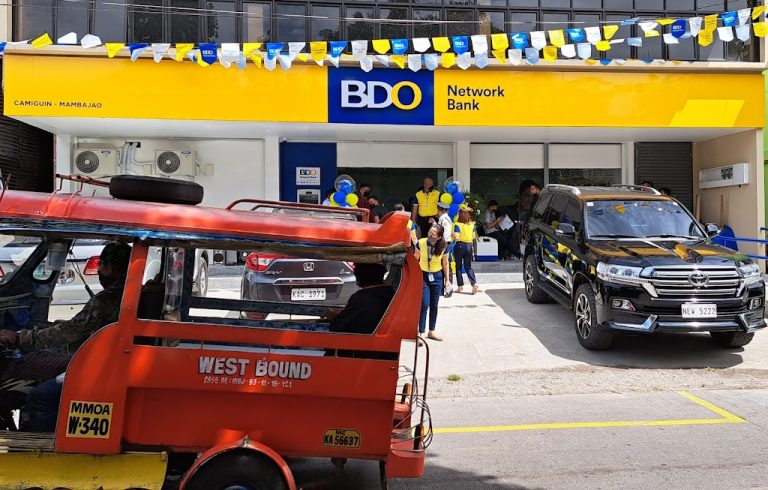

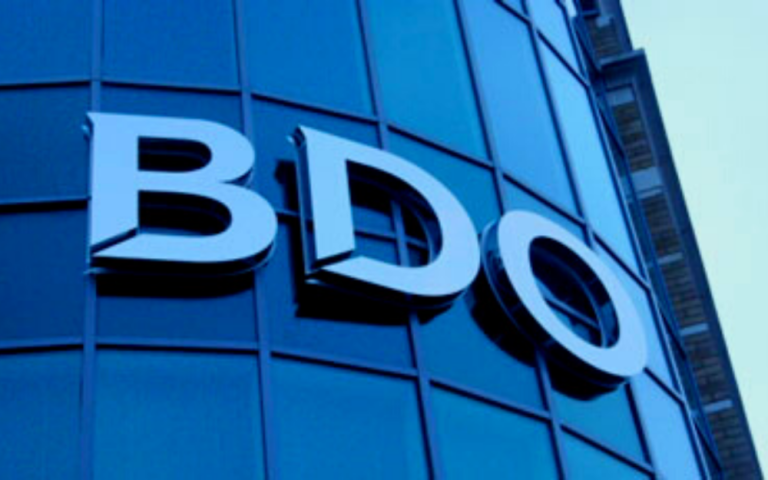
That’s really Great Naman